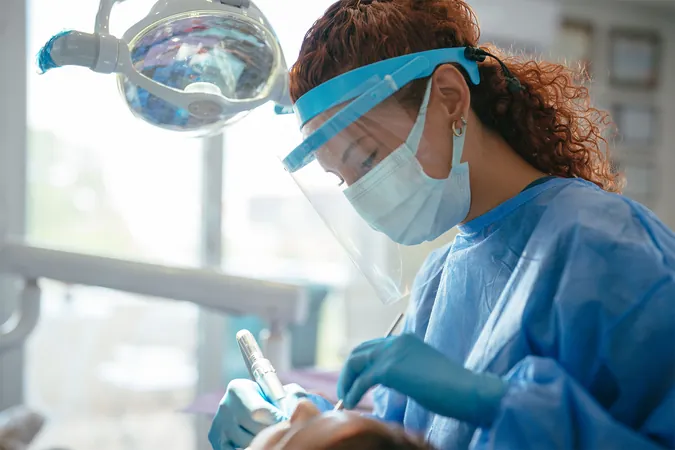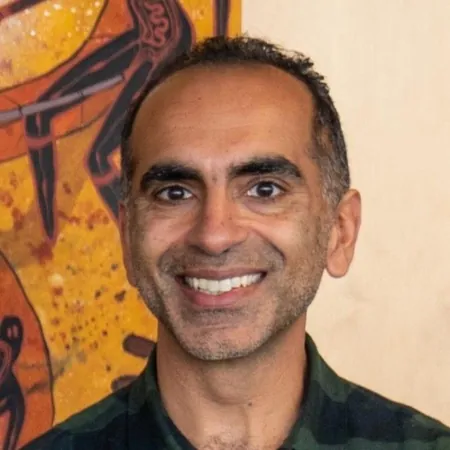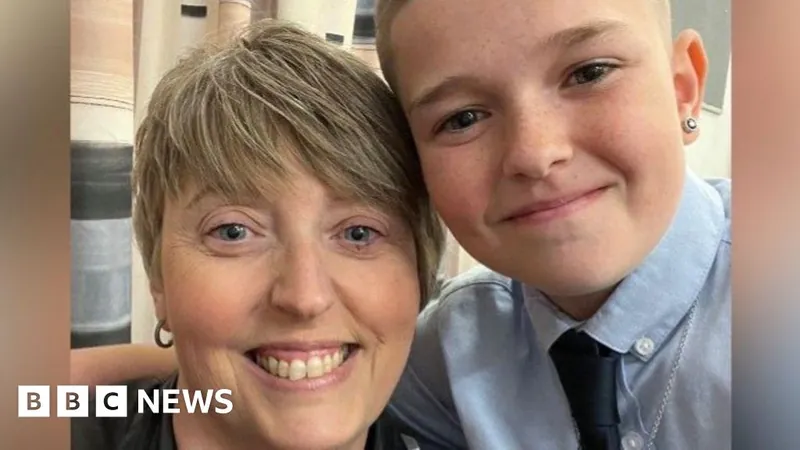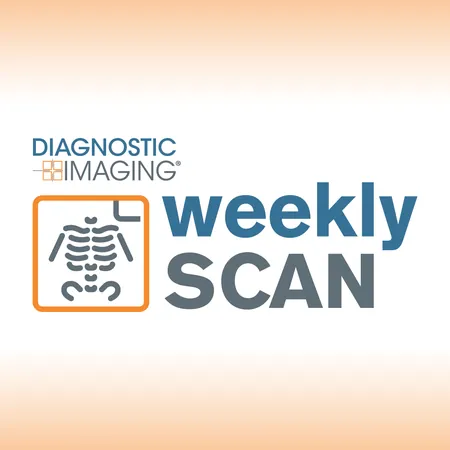
Shocking New Study Reveals 'Dental Deserts' in America — Are You Affected?
2025-01-22
Author: John Tan
Imagine enduring a relentless toothache or waiting weeks for a routine dental checkup, all because you live in an area devoid of dental services. For almost 1.7 million Americans, this nightmare is their daily reality. A groundbreaking study published in JAMA Network Open uncovers the grim truth about dental care access across the United States, shedding light on regions painfully devoid of dental professionals.
Led by Hawazin Elani, an assistant professor specializing in oral health policy and epidemiology at the prestigious Harvard School of Dental Medicine, this innovative research is one of the first comprehensive efforts to map out dental care accessibility on a detailed, national scale. The study utilized block group data — the smallest geographical units defined by the U.S. Census Bureau — to reveal striking disparities in dental services across various regions.
According to Elani, the findings unveil alarming "dental deserts" where residents are forced to traverse great distances to receive dental care: “These areas really emphasize the serious geographic maldistribution of dentists. Many rural and disadvantaged communities are left without the necessary care,” she emphasized.
The study's methodology significantly expands on previous efforts, such as the Health Resources and Services Administration's designation of Health Professional Shortage Areas. By deploying an advanced gravity-based assessment method, researchers were able to evaluate clinicians' availability in conjunction with community demand and supply factors at a granular level.
Co-author Md. Shahinoor Rahman stated, “We pinpointed areas with limited dental services that earlier assessments might have overlooked.” The results are eye-opening: rural regions report only one dentist for every 3,850 people, compared to urban environments where the ratio improves to one dentist for every 1,470 individuals.
The state-level statistics are equally disconcerting. Alaska leads the pack with 10.4% of its population living in dental deserts, followed closely by Montana (7.8%) and North Dakota (7.7%). Conversely, only four states — Connecticut, Delaware, Indiana, and New Jersey, along with Washington, D.C. — boast the absence of these dental voids.
Moreover, the research delves deeper into socioeconomic factors, analyzing racial and ethnic demographics, age groups, and income levels. A staggering 24.7 million people reside in dental shortage areas, where nearly 15.6% live below the federal poverty threshold. Interestingly, while more white individuals inhabit rural areas lacking dentists, Hispanic and Black populations are more often found in urban regions struggling with dental care shortages, particularly in impoverished neighborhoods.
The implications of this study extend beyond access to care; they pose severe risks to oral and overall health, especially for Medicaid and Medicare beneficiaries, who face daunting barriers due to low participation from dentists. Elani warns, “This may compel individuals to delay essential care, exacerbating already existing disparities.”
Armed with this precise and alarming data, Elani and her colleagues aspire to influence dental workforce planning and targeted interventions at both federal and state levels. Their goal? To encourage more dentists to practice in underserved areas effectively, thus alleviating the disparities in dental care access.
This crucial research, backed by the National Institute on Minority Health and Health Disparities at the National Institutes of Health, emphasizes the need for immediate action. What can be done to combat this dental crisis? The answer could change millions of lives. Don’t wait until it’s too late — find out if you’re living in a dental desert today!



 Brasil (PT)
Brasil (PT)
 Canada (EN)
Canada (EN)
 Chile (ES)
Chile (ES)
 Česko (CS)
Česko (CS)
 대한민국 (KO)
대한민국 (KO)
 España (ES)
España (ES)
 France (FR)
France (FR)
 Hong Kong (EN)
Hong Kong (EN)
 Italia (IT)
Italia (IT)
 日本 (JA)
日本 (JA)
 Magyarország (HU)
Magyarország (HU)
 Norge (NO)
Norge (NO)
 Polska (PL)
Polska (PL)
 Schweiz (DE)
Schweiz (DE)
 Singapore (EN)
Singapore (EN)
 Sverige (SV)
Sverige (SV)
 Suomi (FI)
Suomi (FI)
 Türkiye (TR)
Türkiye (TR)